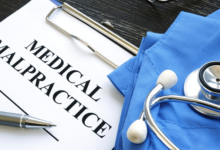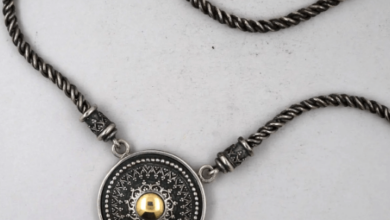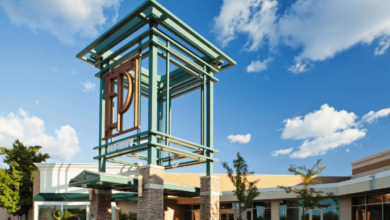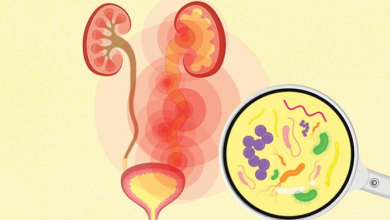Navigating the Journey of Torn Pec Muscle Recovery: Exercise and Health Tips
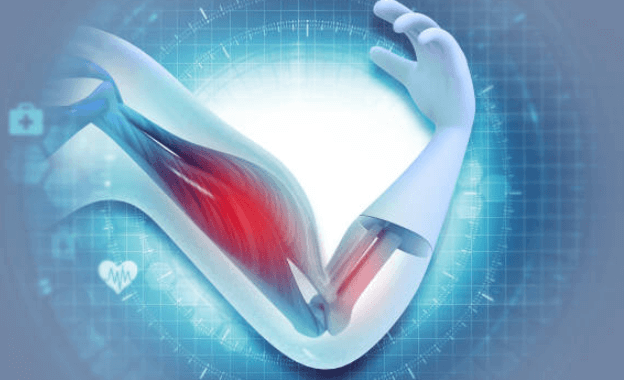
Recovering from a torn pectoral muscle can be a challenging journey, requiring patience, dedication, and a comprehensive approach to rehabilitation. Whether you’re an athlete or an individual who has experienced this injury, understanding the importance of exercise and maintaining overall health is crucial for a successful recovery. In this guide, we’ll explore valuable insights from Zoppler on how to navigate the journey of torn pectoral muscle recovery effectively.
Understanding the Torn Pec Muscle Injury:
A torn pectoral muscle, often referred to as a pec tear, occurs when the fibers of the pectoralis major muscle are partially or completely ruptured. This injury can result from sudden trauma, such as heavy lifting or sports-related activities, or from overuse and repetitive strain. Symptoms may include pain, swelling, bruising, and limited range of motion in the affected area.
The Role of Exercise in Torn Pec Muscle Recovery:
Exercise plays a crucial role in the rehabilitation process for a torn pectoral muscle. However, it’s essential to approach exercise with caution and under the guidance of a healthcare professional or physical therapist. Here are some key exercises recommended by Zoppler to aid in torn pec muscle recovery:
Stretching Exercises: Gentle stretching exercises can help improve flexibility and range of motion in the shoulder and chest muscles. Focus on stretches that target the pectoral muscles, such as doorway stretches and chest wall stretches, while avoiding excessive strain on the injured area.
Strengthening Exercises: As the torn pec muscle heals, gradually incorporate strengthening exercises to rebuild muscle strength and stability. Start with light resistance exercises, such as wall push-ups or resistance band exercises, and gradually progress to more challenging movements as tolerated.
Core and Upper Body Exercises: Incorporating exercises that engage the core and upper body muscles can help support overall muscle balance and prevent compensation injuries. Include exercises such as planks, bird-dogs, and shoulder blade squeezes to promote core stability and shoulder strength.
Functional Movement Training: As you progress in your recovery, focus on functional movement training to simulate everyday activities and sports-specific movements. This may include exercises such as chest presses, shoulder presses, and rows, performed with proper form and technique.
Read also How Does the Infinitive Phrase “To See a Broadway Play” Contribute to the Text?
Importance of Nutrition and Hydration:
In addition to exercise, maintaining proper nutrition and hydration is essential for supporting the body’s healing process. Ensure that your diet includes a balance of lean protein, complex carbohydrates, healthy fats, vitamins, and minerals to support muscle repair and recovery. Stay hydrated by drinking an adequate amount of water throughout the day to promote tissue hydration and overall health.
Rest and Recovery:
While exercise is important for torn pec muscle recovery, it’s equally important to prioritize rest and recovery. Allow your body sufficient time to heal by incorporating rest days into your exercise routine and avoiding activities that exacerbate pain or discomfort. Listen to your body’s signals and adjust your exercise intensity accordingly to prevent further injury.
Conclusion:
Recovering from a torn pectoral muscle requires a multifaceted approach that includes exercise, proper nutrition, rest, and hydration. By following the guidance provided by Zoppler and working closely with healthcare professionals, you can navigate the journey of torn pec muscle recovery effectively and return to an active and healthy lifestyle. Remember to be patient with yourself and take gradual steps towards recovery, prioritizing your health and well-being every step of the way.



